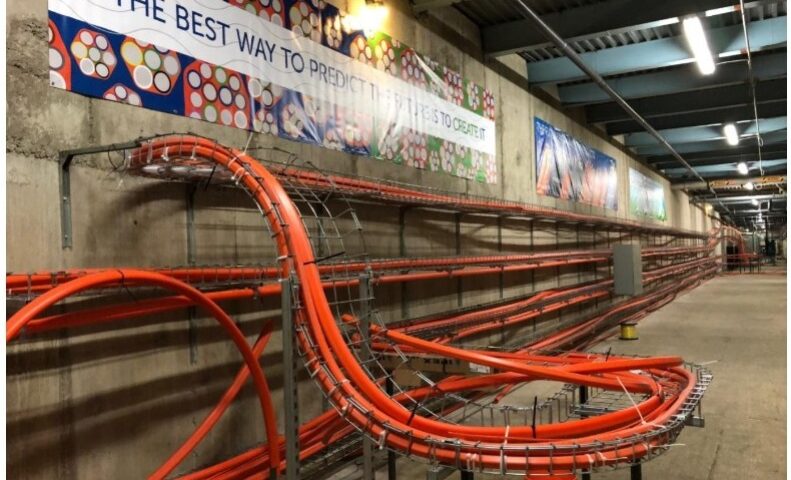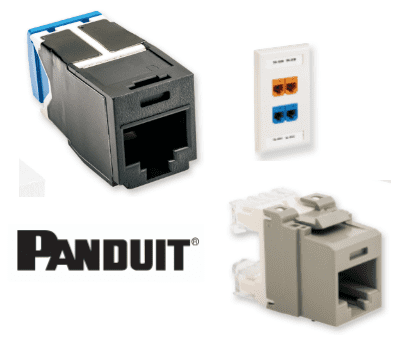Dura-Line and Air-Blown Fiber Enhance Premise Networks: A Technical Overview
As communications infrastructure continues to evolve rapidly, maximizing flexibility, scalability, and efficiency is crucial for both enterprise and residential-type commercial premises. The deployment of air- blown fiber is a crucial innovation in this space, allowing organizations to install and upgrade fiber optic networks with unparalleled ease and future-proofing. Dura-Line, a leading pathway manufacturer, offers conduit systems, paired with air-blown fiber technology, which provide significant advantages for premise environments. Specific applications stand to greatly benefit from these technologies. Dura-Line: A Leader in Pathway Solutions Metro Sales Solutions is delighted to represent Dura-Line, a global manufacturer known for its cutting- edge infrastructure products designed for deploying fiber optic cable. Their products include high-performance conduits, ducts, and pathway systems that facilitate the installation of fiber optic cable in a variety of environments, ranging from long-distance outdoor network to in-building cabling. Dura-Line’s pathway products are designed to protect fiber while ensuring ease of installation and scalability. Key features include: Air-Blown Fiber Technology: Overview and Benefits Air-blown fiber (ABF) is an innovative solution for deploying optical fiber in a flexible, cost-effective manner. In this system, fiber cables (or bundles of fiber) are blown through pre-installed ducts using compressed air. This contrasts with traditional methods where fiber is manually pulled through conduits. Advantages of Enterprise Air-Blown Fiber (eABF) in Premise Environments Key Applications of Air-Blown Fiber in Premise Networks While the advantages of air-blown fiber make it suitable for a wide range of environments, certain applications benefit most from its flexibility and scalability. Below are some key areas where eABF is especially valuable: 1. Data Centers: 2. Corporate Office Buildings: 3. Transportation Facilities: 4. Healthcare Facilities: 5. Educational Institutions: 6. Smart Buildings: 7. Artificial Intelligence: Conclusion Dura-Line’s comprehensive range of HDPE conduits and MicroDuct systems is a key part of Metro Sales Solutions’ go-to-market strategy. When combined with air-blown fiber technology, Dura-Line offers premise environments unparalleled flexibility, scalability, and cost-efficiency. From data centers to residential high-rise buildings, and healthcare facilities to transportation facilities, this combination addresses the ever-increasing demands for high-bandwidth, low-latency connections while providing a future-proof solution for network growth. As network infrastructure continues to evolve, the ability to deploy and upgrade fiber in a seamless, cost-effective manner is essential for maintaining competitiveness. Organizations looking to build or enhance their network infrastructure should consider leveraging Dura-Line’s pathway solutions and air- blown fiber technology to future-proof their networks while reducing both initial and long-term costs.




